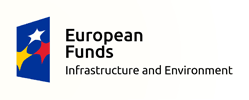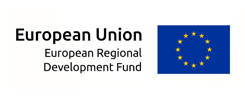Mensa – panel with legs, often in a shape of a box or a sarcophagus, covered by three linen tablecloths which resemble white sheets which enveloped the body of Christ in the grave.
Sepulcrum – (from Latin – “grave”) place for relics enclosed in a metal box. In the case of wooden mensas, relics were put in portable, marble or alabaster altars.
Relics – when brought to the altar, relics should come from bones of at least two saints, at least one of whom should be a martyr.
Antepedium – decorative piece of the altar’s mensa covered with paintings or bas-reliefs (eg. with scenes from a patron saint’s life).
Tabernacle – richly decorated cabinet used for keeping of consecrated Hosts – the central point of a church, it refers to the Ark of Covenant (Latin tabernaculum – ‘tent’; it was in a tent where the Israelites kept the Ark).
Reredos – kind of a retable placed on an altar; they were usually paintings, sculptures or works made of gold, put in decorated frames which imitated architectural details.
Pinnacle decoration – the highest decorated part of an altar, put on its top.



